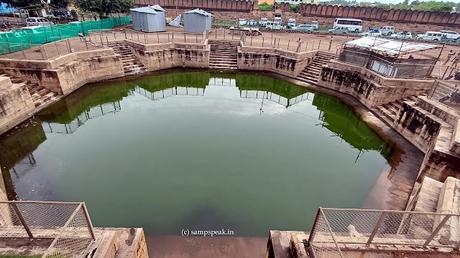After the rule of the Vijayanagara empire, in the 16th and 17th century CE, the town was part of the northern outpost of the Sethupathis of Ramnad however it was administered by the Pallavarayans. The town was fortified during 1687 when a fort was constructed by Vijaya Raghunatha Sethupathi I of Ramanathapuram. After various successions, in 1755, the town was submitted to the East India Company by the Thanjavur Maratha house.
The Tower of the Winds, also known by other names, is an octagonal Pentelic marble tower in the Roman Agora in Athens, named after the eight large reliefs of wind gods around its top. Its date is uncertain, but was completed by about 50 BC, at the latest, as it was mentioned by Varro in his De re Rustica of about 37 BC. It is "one of the very small number of buildings from classical antiquity that still stands virtually intact", as it has been continuously occupied for a series of different functions.
The English name Tower of the Winds—personified on the building as the Anemoi—is ultimately a calque of the ancient Greek name Pýrgos tōn Anémōn. In ancient Greek religion and myth, the Anemoi were wind gods, each ascribed a cardinal direction from which their respective winds came and were each associated with various seasons and weather conditions. In geometry, an octagon (from Ancient Greek) is an eight-sided polygon or 8-gon.
Thirumeyyam is a divyadesam – the place name literally means ‘place of truth’. Divyadesakoil has two deities – Thiru Sathyagirinathar (Sathyamurthi) and Thirumeyyar. Thirumeyyar is in kidantha thirukkolam (reclining) sanctum, by far the largest reclining idol measuring 30 feet. Temple tank (thirukkulam) pictured here is an Octagonal sacred tank named ‘Sathya pushkarini”.

Adjacent to this temple lies Sivan temple – Thiru Sathyagireeswarar thirukkovil.
Regards – S Sampathkumar
27.11.2024

